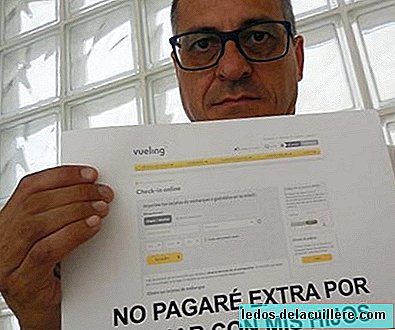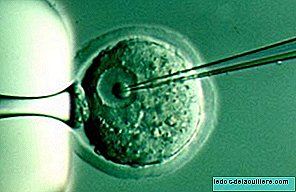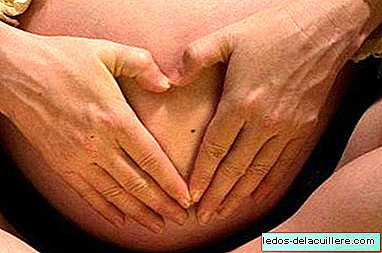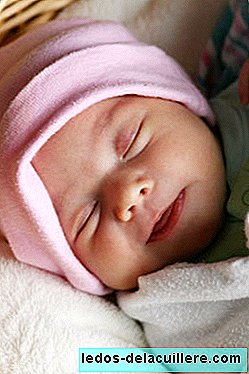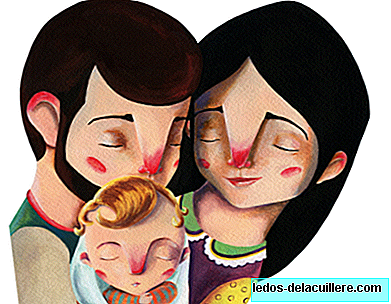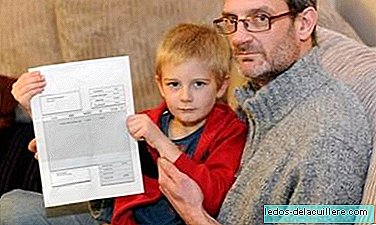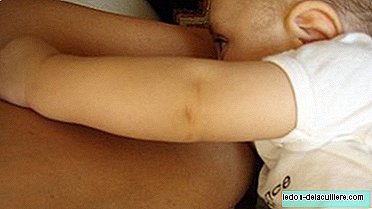
Although what usually worries in most cases is the presence of a possible vitamin deficit, sometimes the opposite situation may occur, that a child suffers from a hypervitaminosis, or vitamin poisoning, one of which is possible to see vitamin D.
This seems complicated to see is really not so rare, since Vitamins are the most consumed drugs, especially due to the fact that there are many preparations that can be bought freely and that sometimes there is an excess of zeal or concern in parents anxious about their child's diet, which they take for granted is insufficient even without first consulting with a professional doctor.
In addition, vitamin D present in many homes, since pediatricians are often prescribed in children who are exclusively breastfeeding and prolonged, since although the child stores reserves during fetal life, they are depleted during the first months of lifetime.
This occurs more in the winter months or in cold areas, where the fact that the child receives fewer hours of sunlight exposure than in other geographical areas is added.
Hypervitaminosis D is an excess of this vitamin within the body of the child, usually due to excess intake, and that can produce a striking picture that in its extreme degrees can be very severe, so it is of special interest to know the risks of an excess contribution of this vitamin, so common in many homes.
Why hypervitaminosis D occurs
Vitamin D is one of the vitamins called fat-soluble, which means that it can easily accumulate in the body in case it is ingested in excess.
This vitamin is ingested with foods such as fatty fish or eggs (especially the yolk), but in many cases it is provided in the form of supplements, such as in infants who are exclusively breastfeeding and prolonged, in which it can be opportune that the pediatrician paute this vitamin.
Intoxication or hypervitaminosis D can be seen as a result of misuse of preparations with vitamin supplements. It can be seen as a result of a misuse of the preparations with vitamin D supplements or an excess of milk intake.
Symptoms of hypervitaminosis D
Excess vitamin D in the body results in an increase in blood calcium levels (what is called hypercalcemia). Hypercalcemia itself is what generates the main symptoms of vitamin D poisoning, which are listed in groups, ordered from milder to more severe.
- At a general level: feeling sick, nausea, abdominal pain, vomiting and dehydration.
- At the nervous level: headache, irritability, drowsiness or even entry into a precomatose state.
- At the cardiac level: abnormal beats and even arrhythmias.
Treatment of hypervitaminosis D
The most important thing is that there is a suspicion that when a child has any of the symptoms described (or others), these may be related to an excess intake of vitamin D.
This is very important to accelerate the diagnosis and treatment, and it should always be commented if any type of nutrient or drug containing this vitamin (or others) is stored at home.
The treatment of the symptoms described, especially moderate and severe, should always be done in a hospital setting. In general, dehydration is usually corrected first, if it exists, since this usually lowers blood calcium levels.
Other drugs that are usually used are corticosteroids, diuretics or other more specific ones, even in very severe cases, including dialysis treatments (hence the importance of suspicion and early diagnosis).
Of course, and as in almost all poisonings, the best treatment is always the preventive, so that children are given only the preparations indicated by the pediatrician and at the doses indicated by them.
And never remember that any drug, however innocuous it may seem (as "simple" vitamins may seem), should always be stored in a place out of the reach of children.


